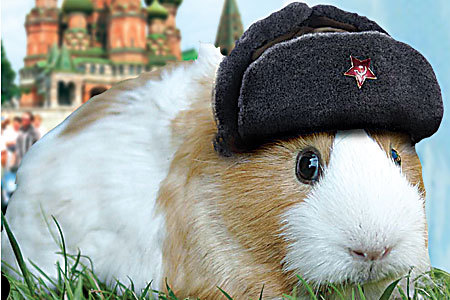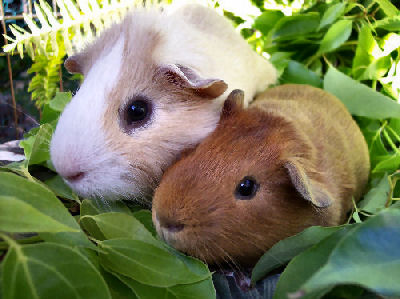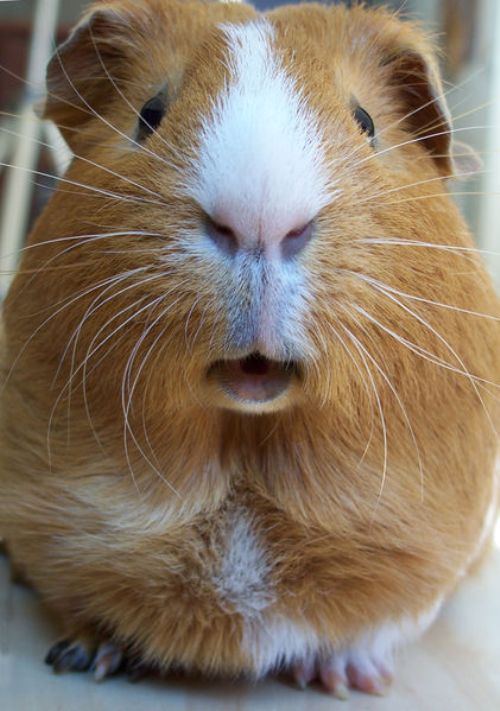Guinea Pigs
The guinea pig (Cavia porcellus), also called the cavy, is a species of rodent belonging to the family Caviidae and the genus Cavia. Despite their common name, these animals are not in the pig family, nor are they from Guinea. They originated in the Andes, and earlier studies based on biochemistry and hybridization suggested they are domesticated descendants of a closely related species of cavy such as Cavia aperea, C. fulgida, or C. tschudii and, therefore, do not exist naturally in the wild. Recent studies applying molecular markers, in addition to studying the skull and skeletal morphology of current and mummified animals, revealed that the ancestor is most likely Cavia tschudii.
The guinea pig plays an important role in the folk culture of many Indigenous South American groups, especially as a food source, but also in folk medicine and in community religious ceremonies.[6] Since the 1960s, efforts have been made to increase consumption of the animal outside South America.
In Western societies, the guinea pig has enjoyed widespread popularity as a household pet since its introduction by European traders in the 16th century. Their docile nature, their responsiveness to handling and feeding, and the relative ease of caring for them, continue to make the guinea pig a popular pet. Organizations devoted to competitive breeding of guinea pigs have been formed worldwide, and many specialized breeds of guinea pig, with varying coat colors and compositions, are cultivated by breeders.








GuineaPigWCG__AcS123.jpg)







No comments:
Post a Comment